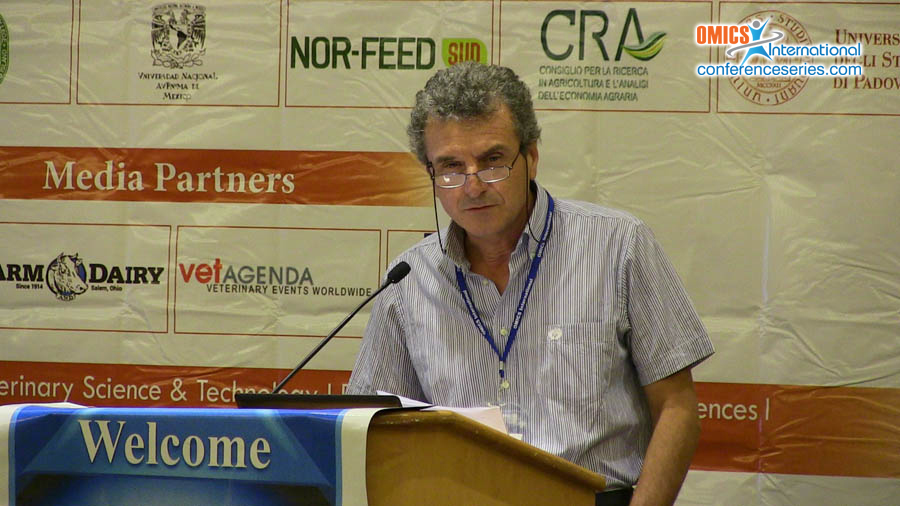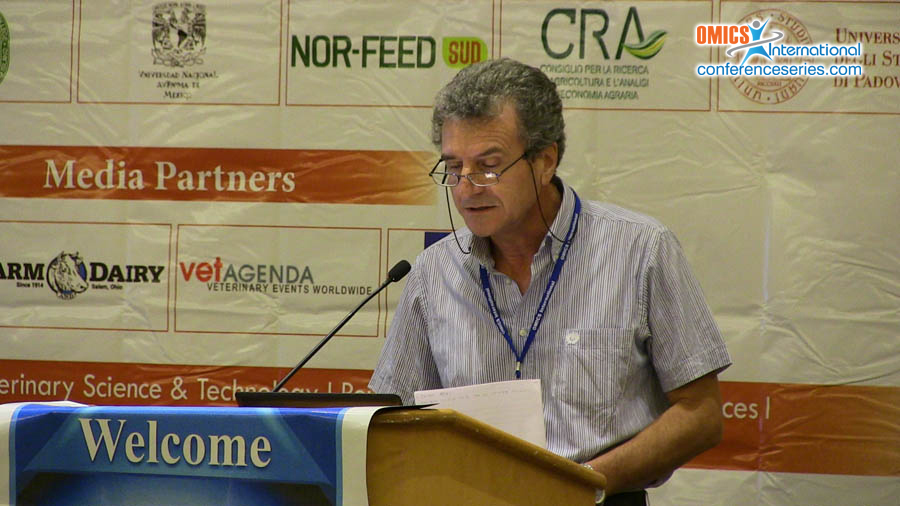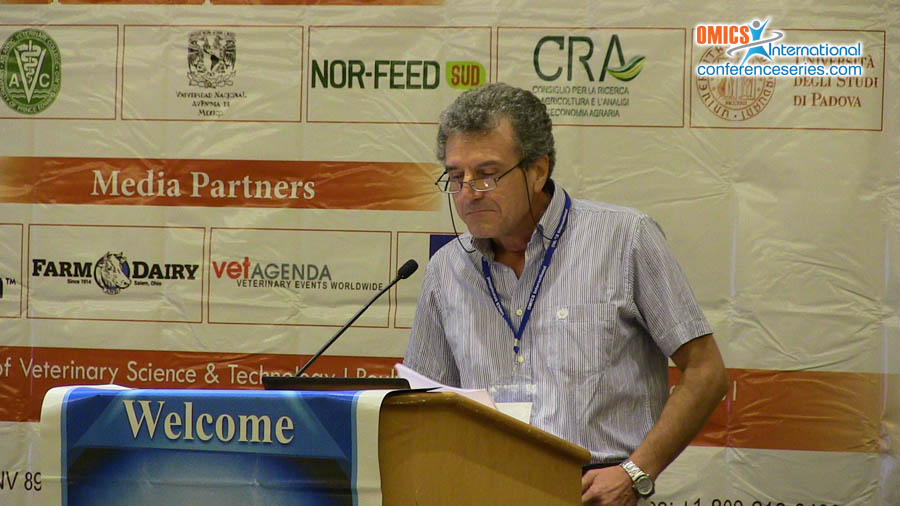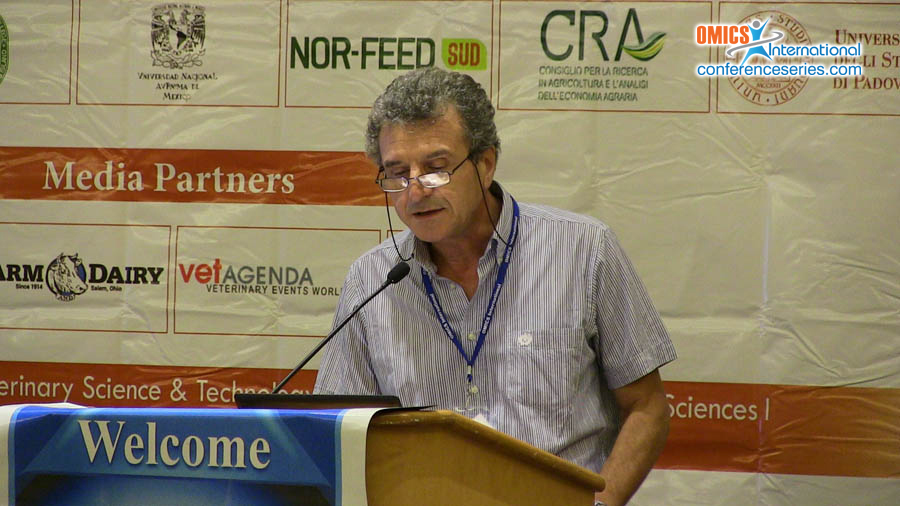
Francesco Napolitano
Animal Production Research Centre
Italy
Title: Defining blood and milk biomarkers for healthy status
Biography
Biography: Francesco Napolitano
Abstract
The progress in research on the immune-physiology, is witnessing a growing interest in the system of regulation of the immune response. One of the most critical moments, in terms of changes that occur in the immune system of dairy cattle, is the peripartum. For this physiological stage, it is generally spoken of a state of immunosuppression, which is important to assess the extent and duration. In addition, it is necessary to clarify in precise terms which parameters could define the condition of immunosuppression. In fact, for some parameters such as the leucocyte and neutrophils count in peripheral blood, it seems to be an increase in this phase; however, what seems altered in negative measure is the real ability of these cells to carry out their functions of defense. Diseases at calving and during early lactation account for the major health and welfare problems in dairy production. These include production diseases such as fatty liver, ketosis, rumen acidosis and lameness and infectious diseases such as mastitis and reproductive tract infections. Infertility and disease are strongly inter-linked through communal metabolic and immune signaling pathways. A number of biomarkers are well described in blood but are currently less well characterized in milk. Potential milk biomarkers are free glucose, iso-citrate, beta-hydroxy-butyrate (ketosis and fatty liver), lactate dehydrogenase (mastitis), progesterone (infertility and metritis). An increase in intrinsic resistance to disease will result in reduced antibiotic intervention. This will not only lead to an increased food-product quality, but may also help to slow down the development of multi-drug resistant bacteria.
Speaker Presentations
Speaker PDFs
Speaker PPTs Click Here






